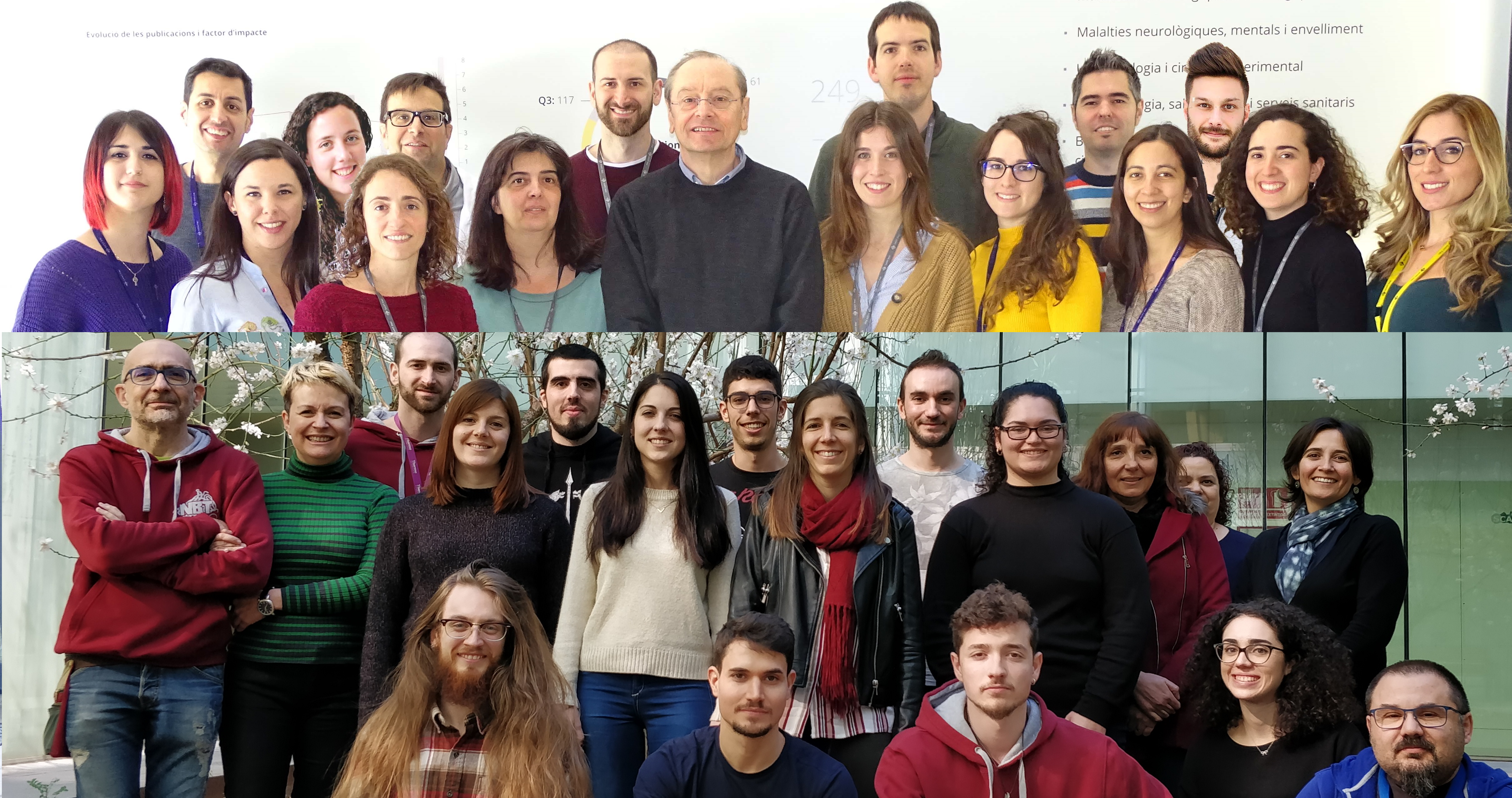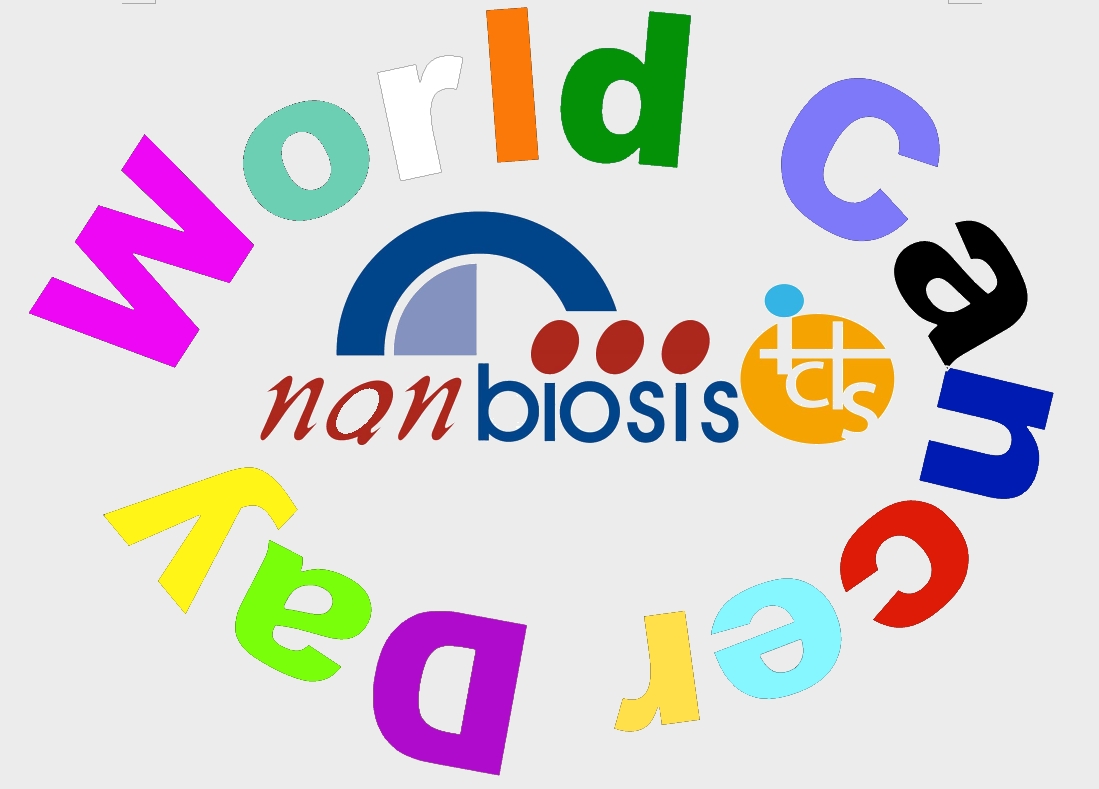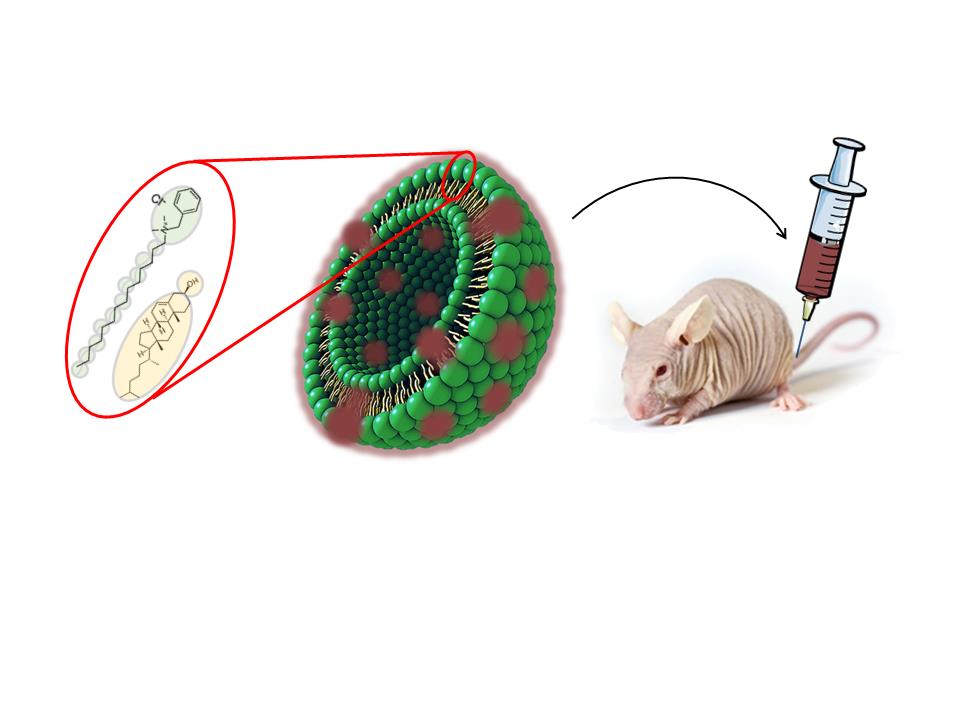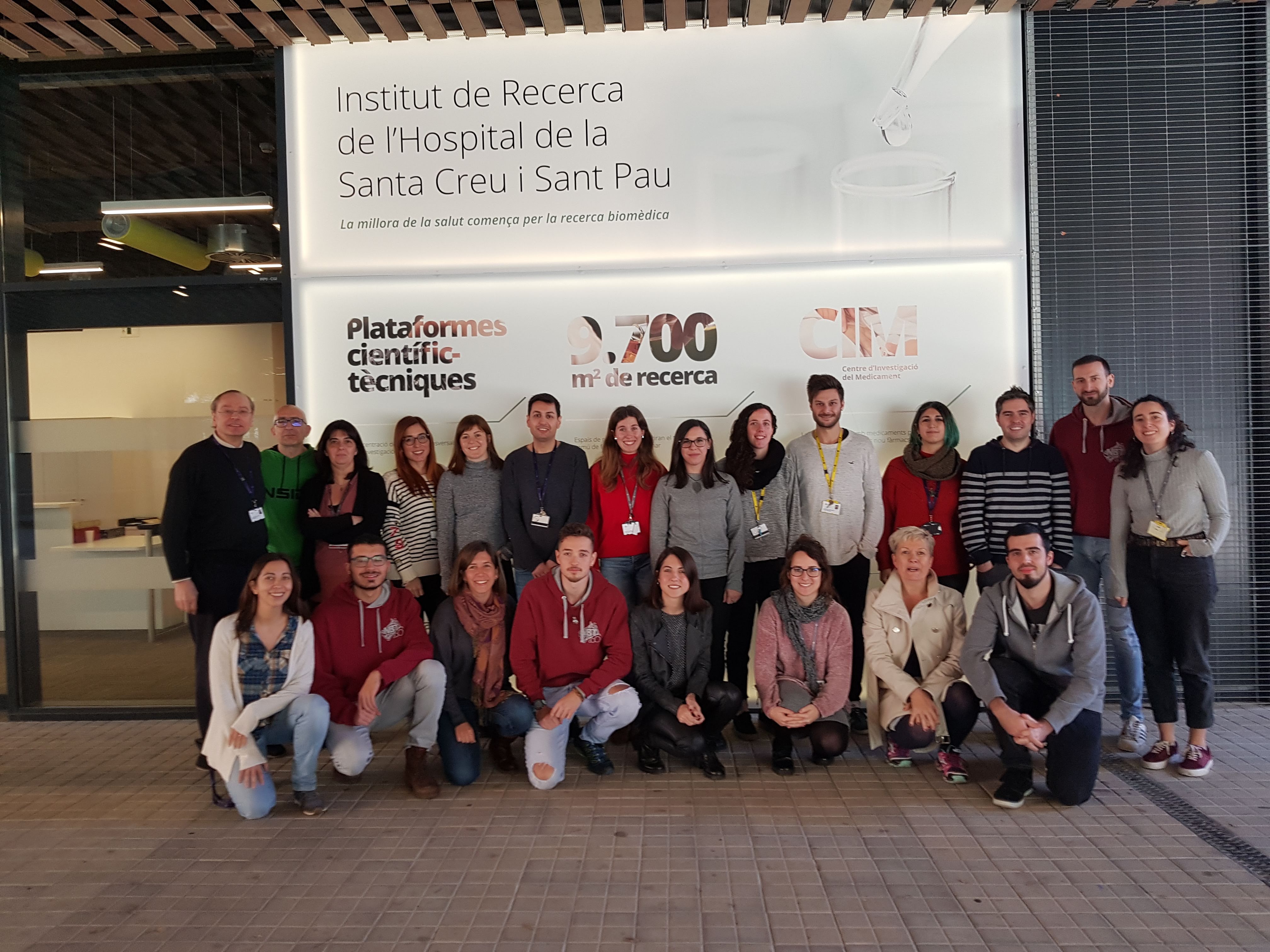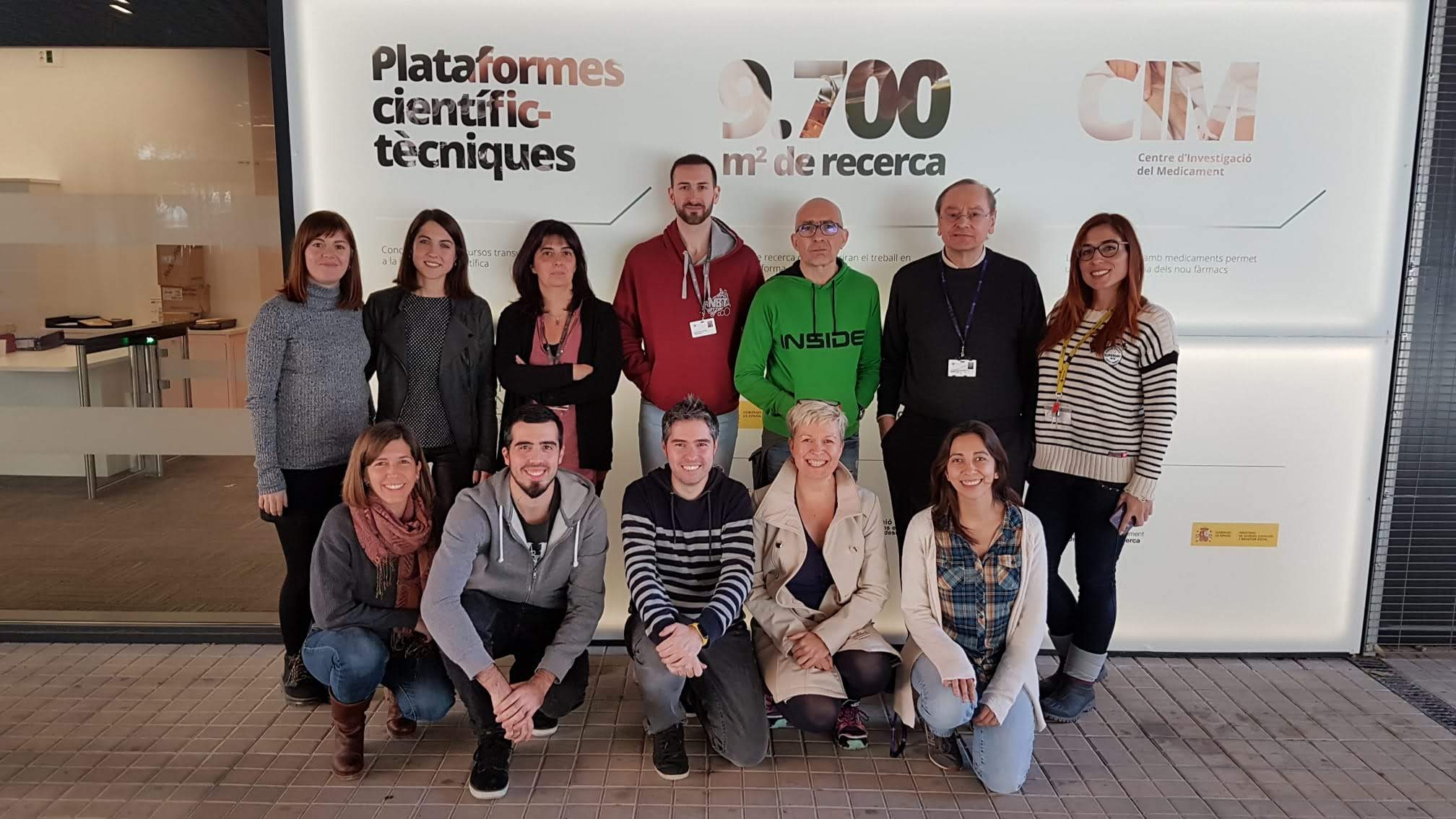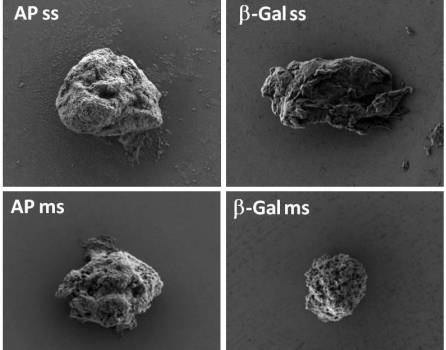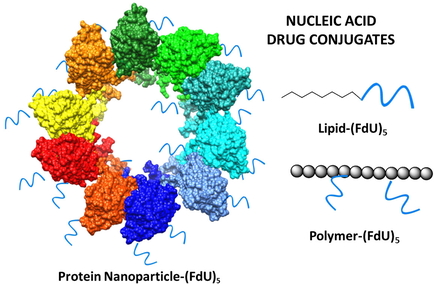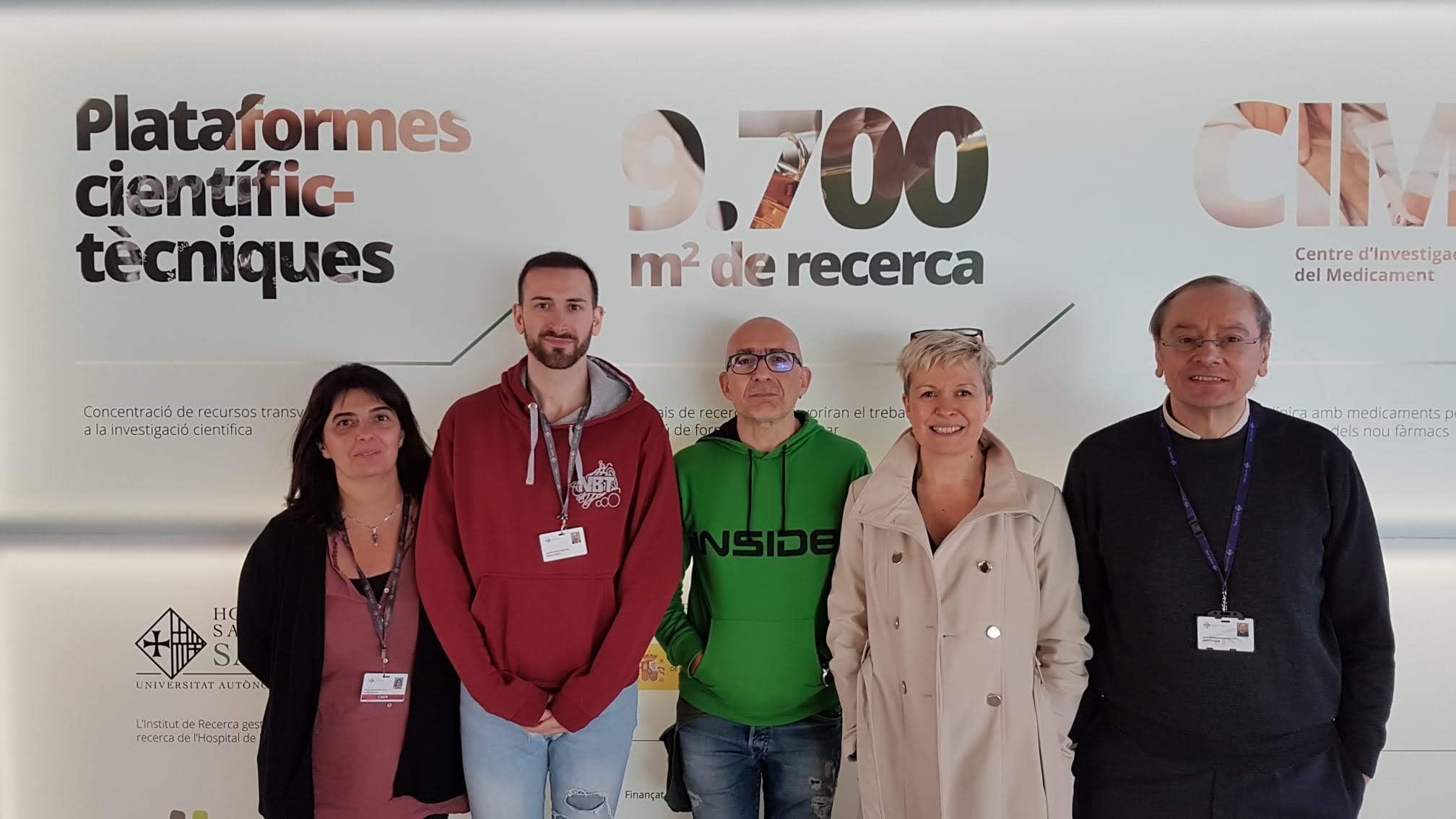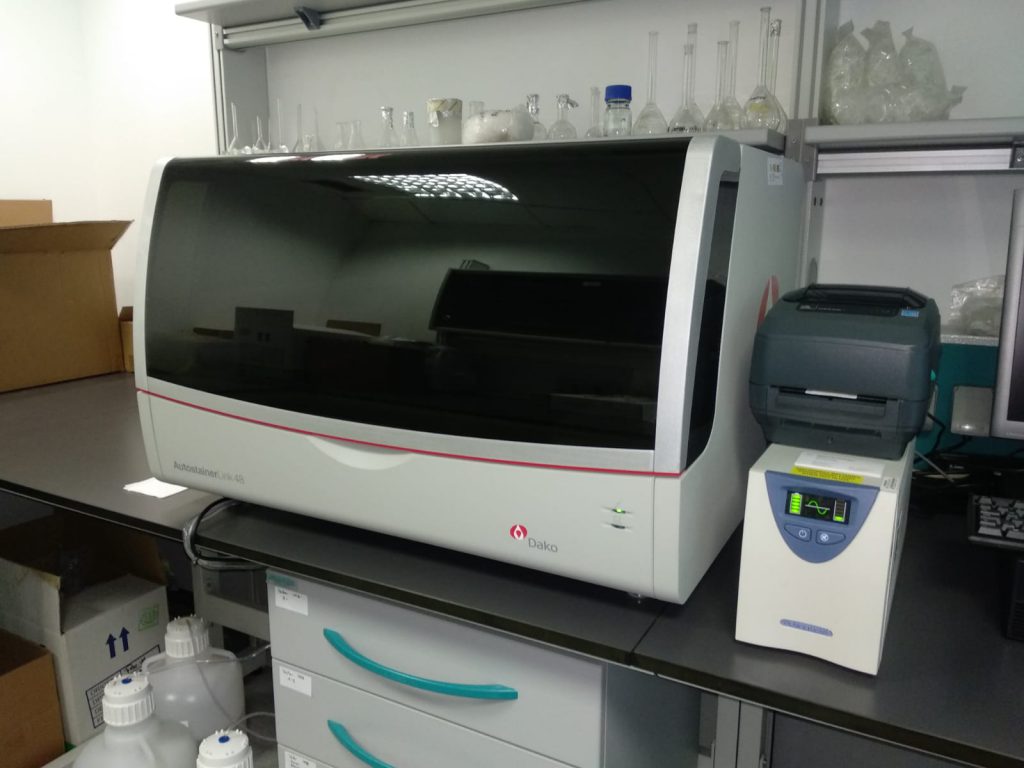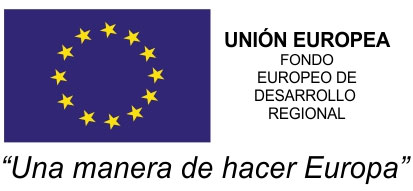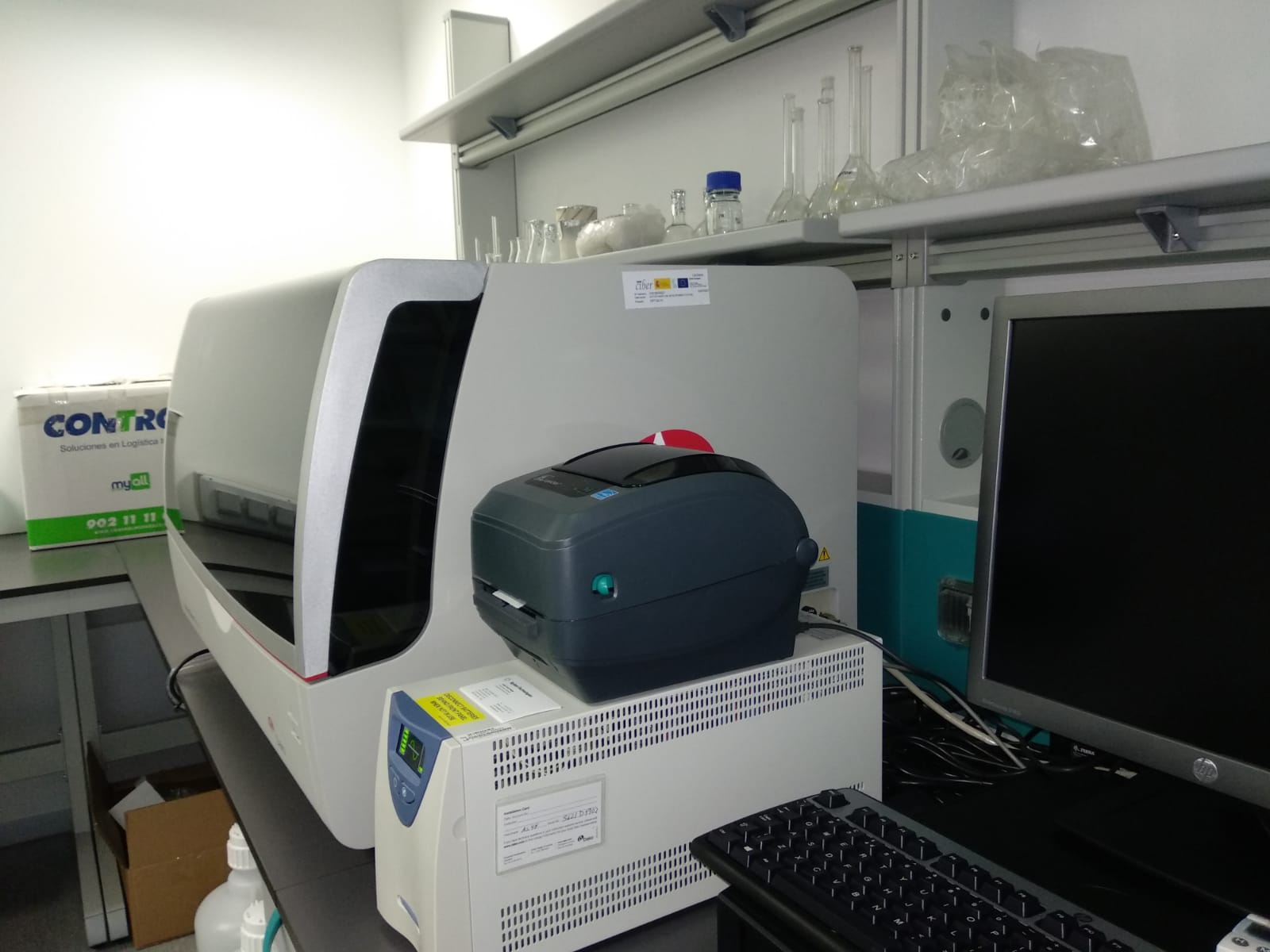NANBIOSIS Scientists discover a promising effective alternative to reduse relapse rates in Diffuse Large B-cell Lymphoma Cells
Researchers of NANBIOSIS-ICTS Units from CIBER-BBN: U1 Protein Production Platform (PPP) at IBB-UAB, led by Antoni Villaverde and Unit 18 Nanotoxicology Unit at IBB-Hospital Sant Pau, led by Ramón Mangues, have demonstrated a potent T22-PE24-H6 antineoplastic effect, especially in blocking dissemination in a CXCR4+ DLBCL model without associated toxicity. Thereby, T22-PE24-H6 promises to become an effective alternative to treat CXCR4+ disseminated refractory or relapsed DLBCL patients.
Diffuse large B-cell lymphoma (DLBCL) is a cancer of B cells, a type of lymphocyte that is responsible for producing antibodies. It is the most common form of non-Hodgkin lymphoma among adults, with an annual incidence of 7–8 cases per 100,000 people per year in the US and UK.
One of the major problems in the therapeutic strategies is the relapse rates. CXCR4-overexpressing cancer cells are good targets for therapy because of their association with dissemination and relapse in R-CHOP treated DLBCL patients but show a narrow therapeutic index due to their systemic toxicity wich generate the induction of severe side effects. NANBIOSIS researchers have developed a therapeutic nanostructured protein T22-PE24-H6 that incorporates exotoxin A from Pseudomonas aeruginosa, which selectively targets lymphoma cells because of its specific interaction with a highly overexpressed CXCR4 receptor (CXCR4+) in DLBCL, demonstrating a potent T22-PE24-H6 antineoplastic effect, without associated toxicity. Thereby, T22-PE24-H6 promises to become an effective alternative to treat CXCR4+ disseminated refractory or relapsed DLBCL patients
The bioluminescent follow-up of cancer cells and toxicity studies has been performed in the ICTS Nanbiosis Platform, using its CIBER-BBN Nanotoxicology Unit and Protein production has been performed by the ICTS “NANBIOSIS”, more specifically by the Protein Production Platform of CIBER-BBN/ IBB
Article of reference:
Falgàs A, Pallarès V, Serna N, Sánchez-García L, Sierra J, Gallardo A, Alba-Castellón L, Álamo P, Unzueta U, Villaverde A, Vázquez E, Mangues R, Casanova I. Selective delivery of T22-PE24-H6 to CXCR4+ diffuse large B-cell lymphoma cells leads to wide therapeutic index in a disseminated mouse model. Theranostics 2020; 10(12):5169-5180. doi:10.7150/thno.43231. Available from http://www.thno.org/v10p5169.htm
